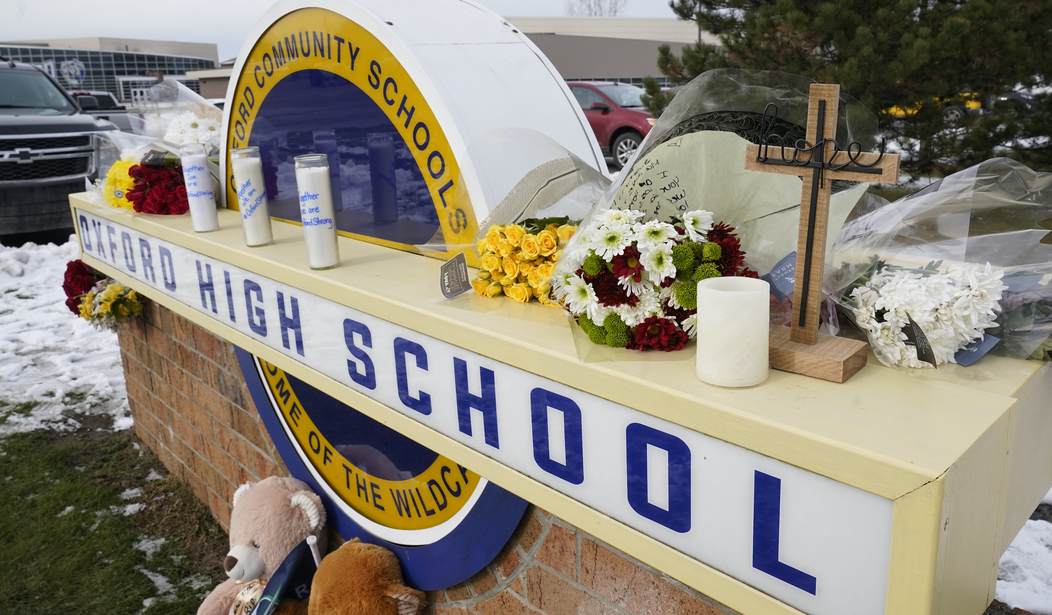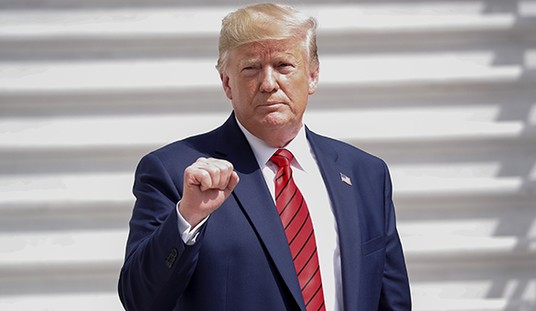It’s already no secret that the left and their partners in the mainstream media want to take guns out of the hands of law-abiding citizens. The lengths that they’ll go to in order to argue for gun control are amazing, including inflating — or at least confusing — school shooting statistics.
On Monday, NPR claimed that the terrible shooting at Robb Elementary School in Uvalde, Texas, was the 27th school shooting of 2022 (this report insults the intelligence of listeners like you). But Robby Soave reports that the statistic doesn’t exactly tell the truth.
You may have seen the claim that Uvalde is the 27th (!) school shooting this year. This is misleading.
The other 26 were mostly incidents in parking lots or at sports games where one or zero people were shot. Still bad! But not *mass* casualty events.https://t.co/JfZExkkqaI
— Robby Soave (@robbysoave) May 26, 2022
“For many people, the Uvalde, Texas, mass shooting—which claimed the lives of at least 19 children and two adults—seemed all the more horrible after they learned it was the 27th school shooting so far this year,” Soave writes at Reason. “That fact makes it harder to view Uvalde as any kind of isolated incident.”
Related: Former President Tweets Unbelievably Coarse and Cruel Reaction to School Shooting
He points out that the reason for hyping such big numbers and making it sound like the loss of life in South Texas is the norm is mixing up three terms that the media conflates: school shooting, mass shooting, and mass school shooting. They do all sound similar, but there are distinctions.
Soave explains:
The difference is significant. Education Week, which tracks all school shootings, defines them as incidents in which a person other than the suspect suffers a bullet wound on school property. Many of the 26 previous shootings involved disputes between students in parking lots, or after athletic events, and all of them resulted in one or zero deaths. These deaths are still incredibly tragic, of course. But they are fundamentally unlike what happened in Uvalde.
Uvalde is a mass school shooting. This is defined in different ways too: an incident in which at least four people (some counters make it three) are shot and/or killed. The Gun Violence Archive counts incidents in which at least four people were shot. Under this definition, many incidents of street crime and domestic violence count as mass shootings, even if no deaths result. A stricter tally of mass school shootings, conducted by criminologists for Scientific American, only includes incidents where the shootings resulted in at least four deaths. Using their criteria, the number of mass school shootings in the U.S. since the year 1966 is 13. These crimes claimed the lives of 146 people in total.
There are a number of smaller-scale shootings on school properties every year, but in the vast majority of them, one person is injured or killed. Mass school shootings like Uvalde are far less common. Soave points out that “Mass casualty events, on the other hand, constitute less than 1 percent of all gun deaths,” while “Suicides and non–mass-casualty murders—usually carried out with handguns rather than assault rifles—constitute the overwhelming majority of gun crimes.”
Of course, making these distinctions doesn’t diminish the heartbreak and horror that took place in Uvalde. What it does depreciate is the narrative that mass shootings with endless carnage are the norm and gun control is the answer.
“Given the sheer horror of the violence in Uvalde this week, it’s understandable that the public is interested in ensuring that such a thing never happens again,” Soave reminds us. “But for the policy debate to be fruitful, people need to understand the actual contours of the problem.”
The left and its willing accomplices in the media refuse to approach the issue of school shootings and mass shootings with any sort of nuance. Why would they, when doing so would take away the justification for the gun-control narrative?










Join the conversation as a VIP Member